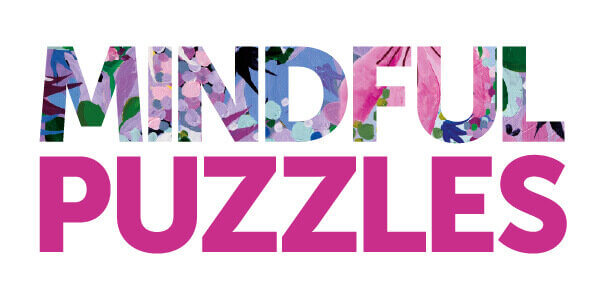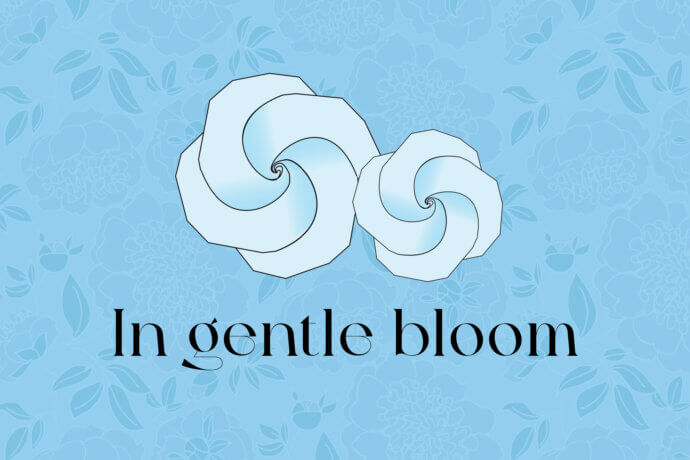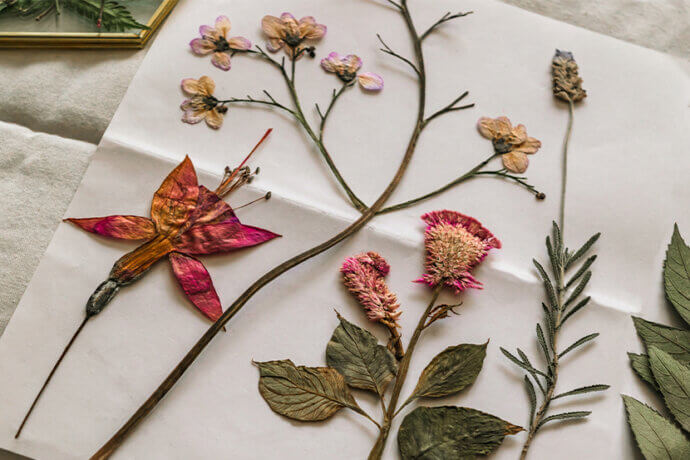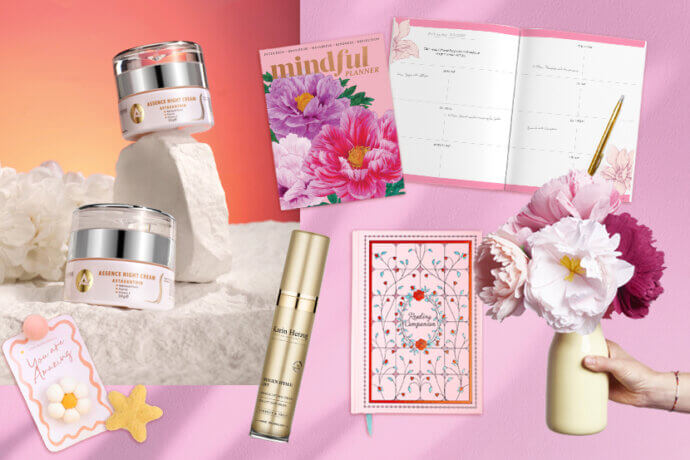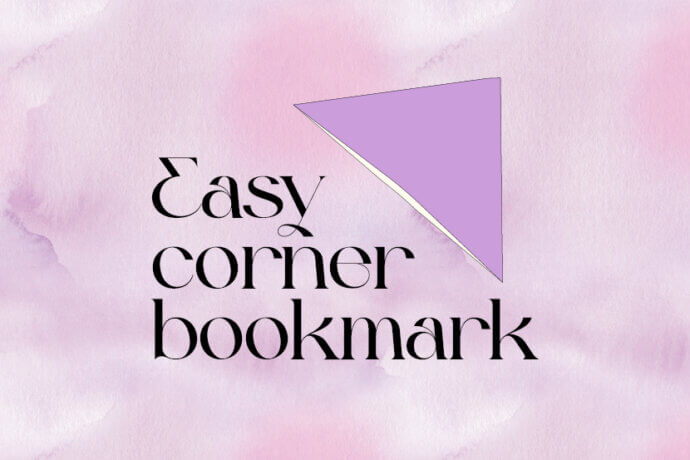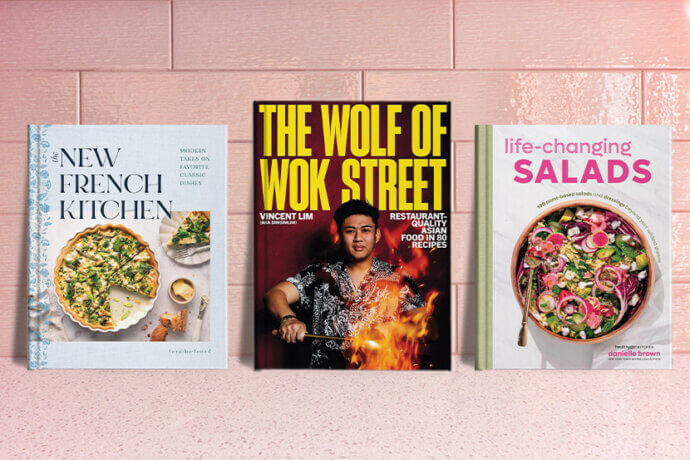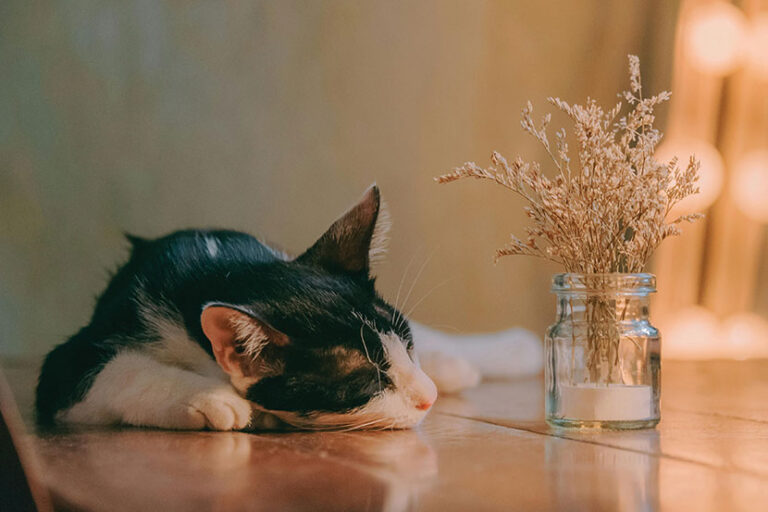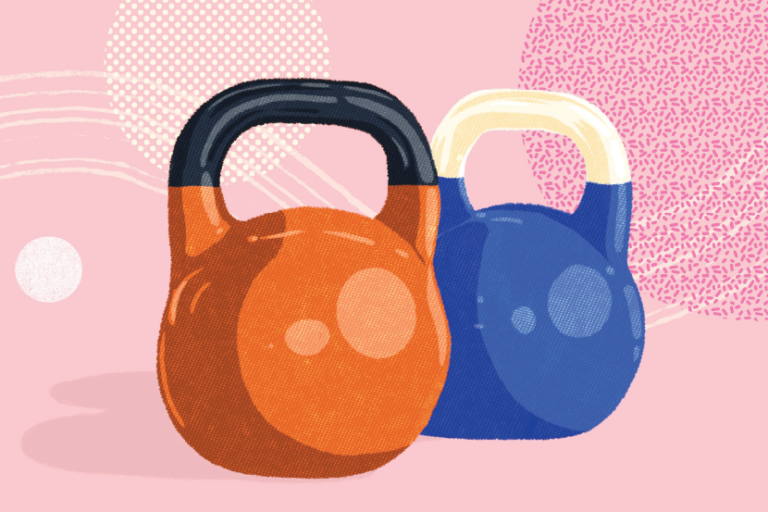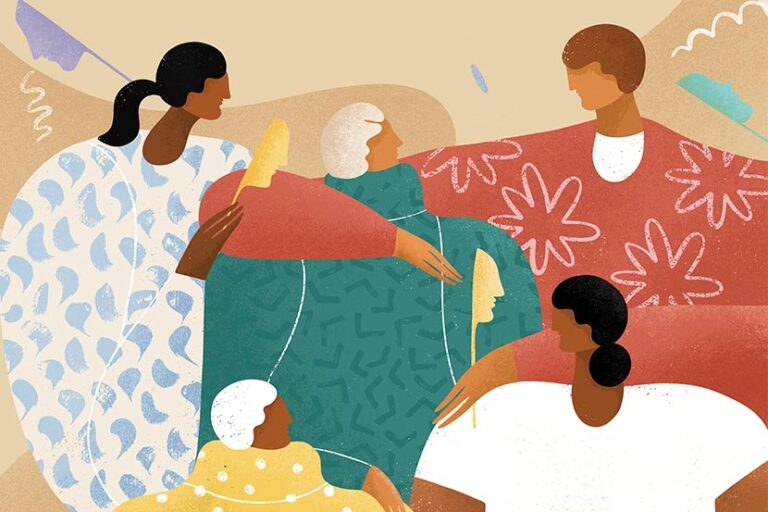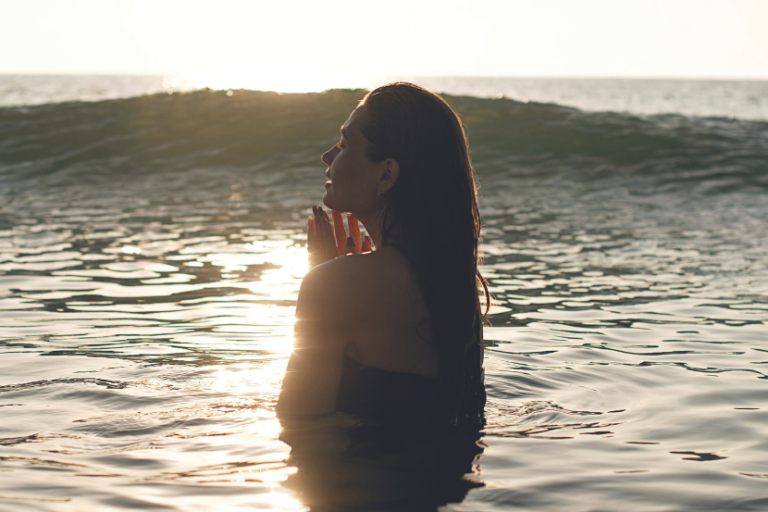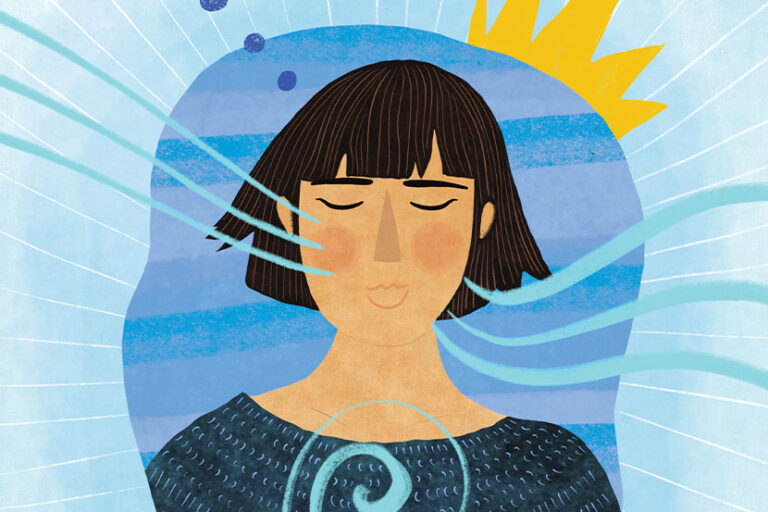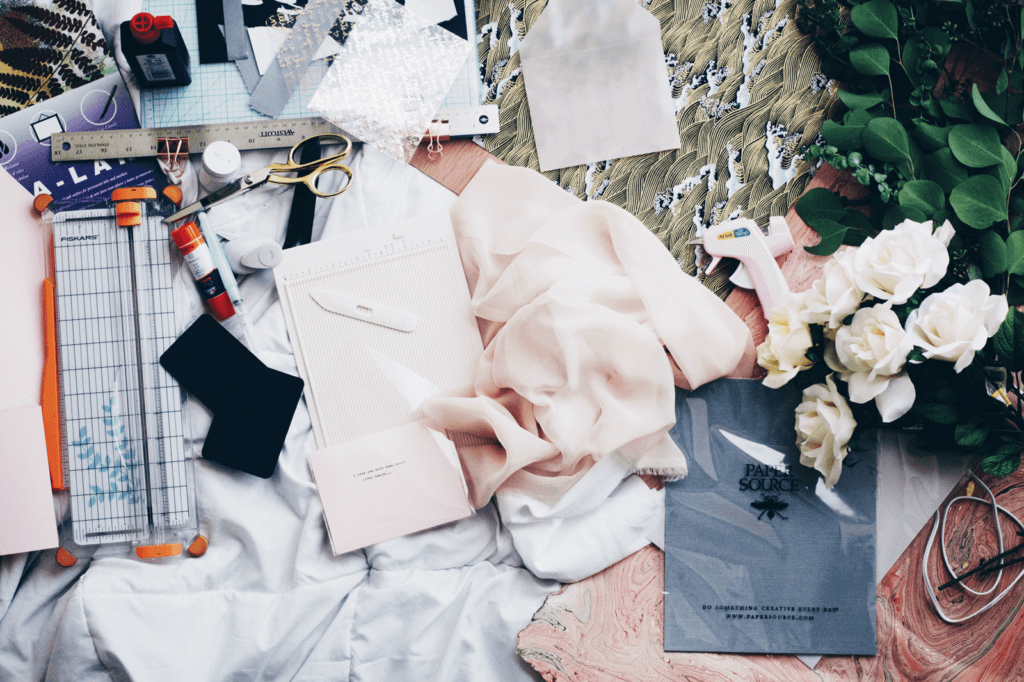
De-clutter your home, de-clutter the planet: an interview with Lindsay Miles.
Lindsay Miles, author of Less Stuff, says that minimalism doesn’t have to be scary – it’s just about finding peace with what’s in your life after the de-clutter. The added bonus is that you’re doing your part for the planet. Here she speaks with Audrey about minimalism, zero-waste, and her tips on keeping clutter at bay.
In Less Stuff, you talk about how you came to terms with combining minimalism and zero waste. What did that journey look like for you?
I was always someone who hated waste, who hated throwing things in the bin. I started by looking at all the consumables and day-to-day items, reducing the packaging, and reducing the waste, but soon enough I started to look at all the other things in my home.
I realised that so many things that I purchased in plastic were easy to find plastic-free or packaging free, so I started looking at waste a little differently, and decided to try to recycle as little as possible, because I’d refuse, reduce and reuse first.
Keeping things that I never used was the biggest waste of all. And that decluttering didn’t have to mean putting things in the bin. Someone, somewhere wants what we have and will put it to good use.
What questions can people ask that will help them decide what to keep and what to declutter?
There are a few questions I like to ask myself when I’m debating letting something go:
- When was the last time I used it?
- Can I imagine a time in the near future when I will use it again?
- Could I make do without it?
- If I got rid of it and realised I later needed it after all, could I make do with something else?
- Could I borrow something similar from a friend?
- What is the absolute worst thing that could happen if I let this thing go?
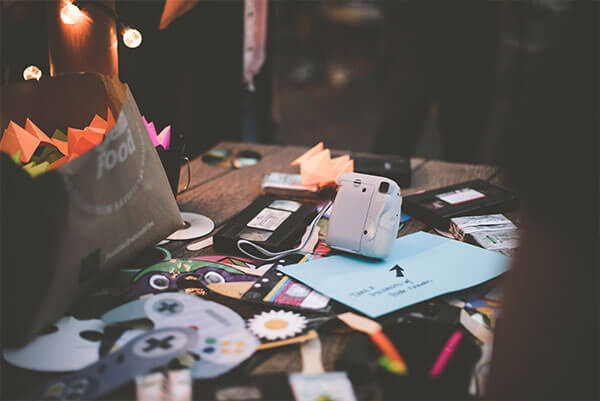
What’s your favourite system for decluttering?
Decluttering is a process. Start with the easiest things – and the spaces you know will make a big difference straightaway. Don’t get side-tracked worrying about the heirlooms or the boxes of photographs. Start with the boxes of old bills, or the dressers full of crockery that you hate dusting.
I like to batch, meaning, once I’ve collected together a good amount of things that I know I no longer need, I deal with them before finding more things to let go of. Maybe I’ll sell them online, list them for free on a neighbourhood network, find an organisation who will be able to reuse these things, or find out whether the materials can be recycled.
I’d rather deal with one box at a time than fill an entire garage up with stuff I no longer need, and then panic at all the work I need to do to find new homes for things. It also keeps things moving, or more specifically, moving out of our homes! As soon as it becomes too overwhelming to deal with, it won’t get done.
What are your top tips for keeping clutter at bay?
As someone who is not naturally tidy, I make sure I keep my storage to a minimum. If there are cupboards, they will start to accumulate stuff. The less cupboards, the better. That goes for surfaces, too. I know that if I had a coffee table, it would be knee-deep in clutter before long. The less surfaces and the less cupboards, the more stuff has to be dealt with at the time, and the less clutter.
I’m also really strict about what I let through my front door, because I know that it will mean decluttering later on, and I’d rather not go through that again. I didn’t declutter to create space to fill with a bunch more stuff I don’t need!
I’ve unsubscribed from all shop newsletters because I just don’t need them popping up in my inbox telling me they have a sale. If I really need something, I will seek it out myself.
The last thing to remember about our clutter is that all of it used to be money. The best way to keep clutter at bay is to only buy things we need and know we will love and use, and when these things stop being useful and start being clutter, let them go.
This article was originally published in Issue 13 – Kindness Every Day. You can purchase this issue and enjoy more enchanting content here.
